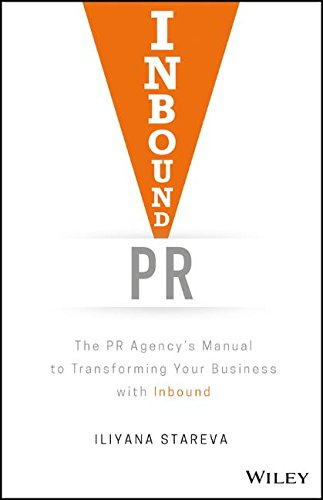"PR should reinvent itself; we are still rooted in conventional ways of thinking. If we don’t do it, we will die out like dinosaurs."
This is one of the quotes that come to my mind when I think about the PR industry. The quote was by Iwona Sarachman, PR director at AmRest sp. z o.o., and was noted during an executive debate hosted by PRWeek last year which discussed the evolving relationship between marketing and PR.
Traditionally, PR has always been associated with media relations or publicity—writing press releases and pitching them to journalists to get coverage in newspapers, magazines, TV, or radio programs.
The more modern version of this in the digital world is influencer relations or simply pitching bloggers, YouTubers, Instagrammers, or anyone who’s influential online.
However, PR is so much more than just media or influencer relations. If done right, PR can encompass all media types within the PESO model—Paid, Earned, Shared, and Owned.
But the PR industry is not fully there yet. We are still rooted in conventional ways of thinking and doing; still stuck with old habits; still using phone and email and avoiding technology.
The world has gone inbound, though.
Consumers, media people, and influencers alike don’t want to be pitched. They want to consume content at their own time, at their own pace. They want the content to find them wherever they are active and whenever they’d be interested in it. They want it to be on their terms, not yours.
This is very different from the traditional outbound way of constantly emailing or phoning to confirm that your press release has arrived and ask: “Why not use it in the next article?”. Such an approach is pushy, it intervenes with people’s intentions, thinking and, generally, their days.
Outbound interrupts. Inbound attracts.
As you can see, the outbound vs. inbound debate is not just about the tools or content formats that we use; it’s a different mindset, a different way of thinking about how we do things.
With outbound, we push messages to media, influencers, or consumers often via press releases and dry writings.
With inbound, we pull them in via targeted blog posts, videos, e-books, etc. that we have optimized for their search terms and share on the social media channels they are active on or even use paid to amplify the messages. This is content that has been created for a particular persona (or audience) in mind based on their pain points, challenges, and topics they search for online. We are meeting them where they are and when they are looking for this material instead of pushing it to them on our terms.
The key difference between the “push” and “pull” thinking is:
Outbound is about you. Inbound is about them.
At the center of inbound is the stakeholder persona or the representation of your ideal customer, media influencer, employee, etc. Everything revolves around the persona and nothing in inbound works without it. All of your decisions are based on the persona, which is why deep research that includes persona surveys and interviews is so important. Inbound strives for real data and avoids assumptions.
Once you have your persona defined, you’ll know what type of content they are looking for; what will engage them and where; how they go about doing their own research and what they search for exactly; how they prefer to be reached or contacted; and how they engage with peers and brands online.
[perfectpullquote align="left" cite="" link="" color="" class="" size=""]PR should reinvent itself; we are still rooted in conventional ways of thinking. If we don’t do it, we will die out like dinosaurs.[/perfectpullquote]
Knowing them inside and out will allow you to create the content that they want to consume and distribute to them via channels that they want to use. That way, you fully solve for the WIIFM (What’s In It For Me) factor which is extremely important because unlike 20-30 years ago, today, people are empowered by tools and technology to demand their rights and needs; they hold power, not brands.
With inbound, you can be strategic rather than just tactical because once you have your persona defined, you’ll be able to devise a plan that includes both outputs and timelines and that will allow you to hit your goals as a business.
Unlike the outbound thinking which focuses on outputs (how many press releases and how much coverage), inbound looks at the bottom line and measures impact. That impact often comes from an increase in sales which turns PR from just a communications discipline into a management discipline.
And that’s where PR needs to be—with a deserved seat at the C-table. But it won’t be able to get there unless the industry thinking changes.
Have you embraced inbound? This book might help you:

